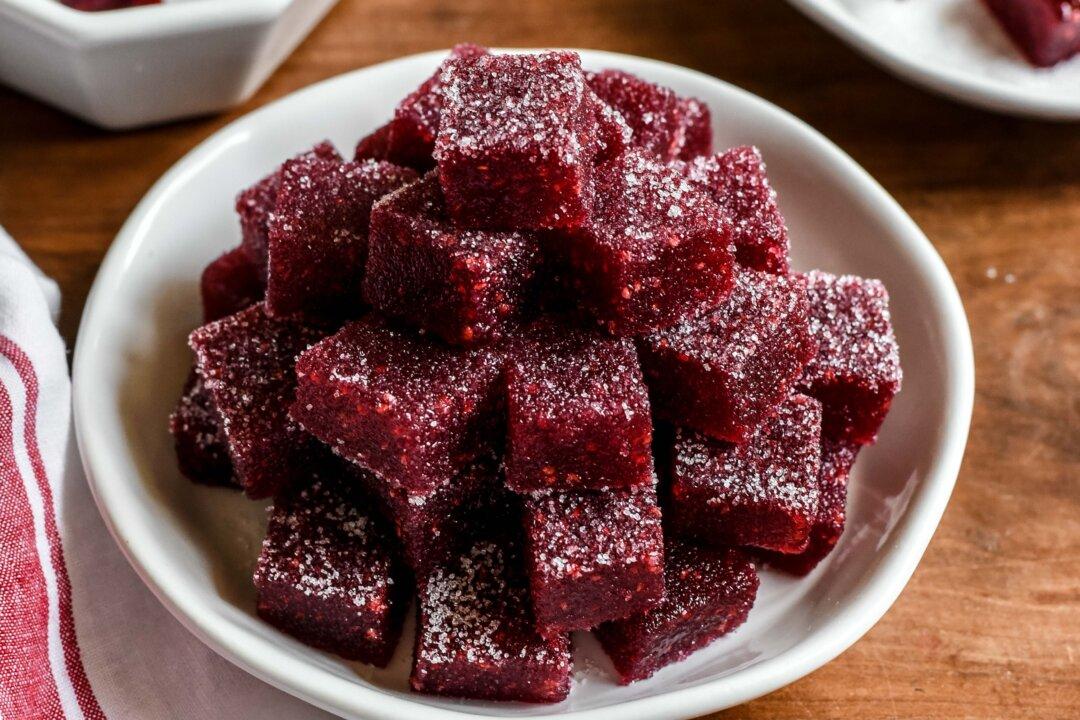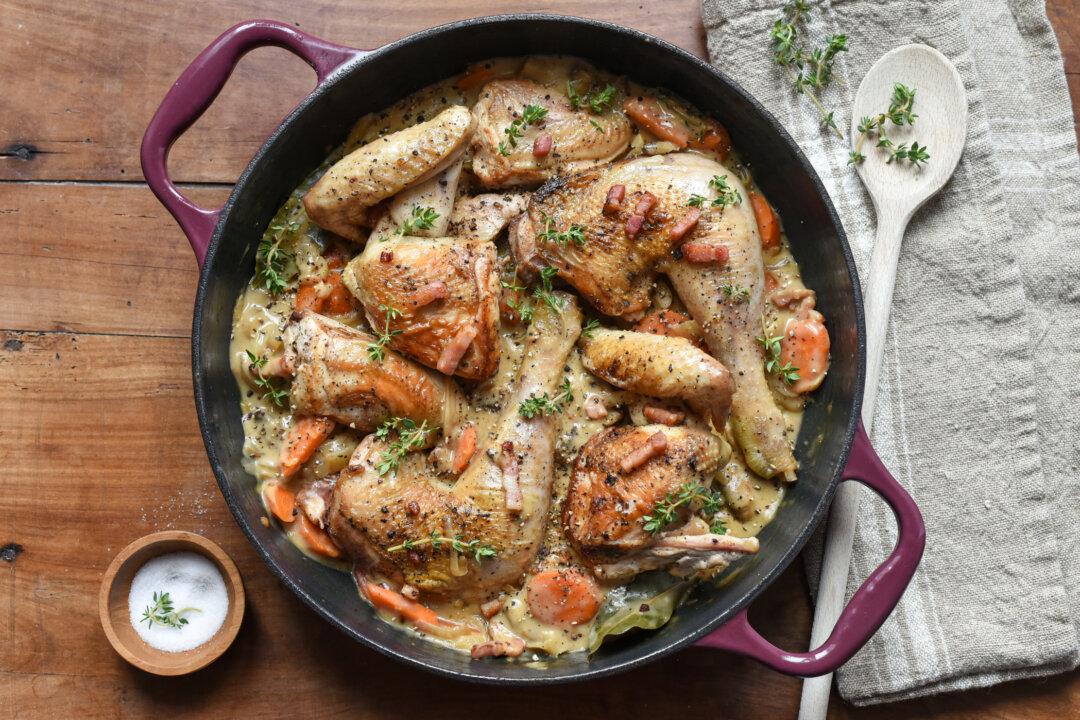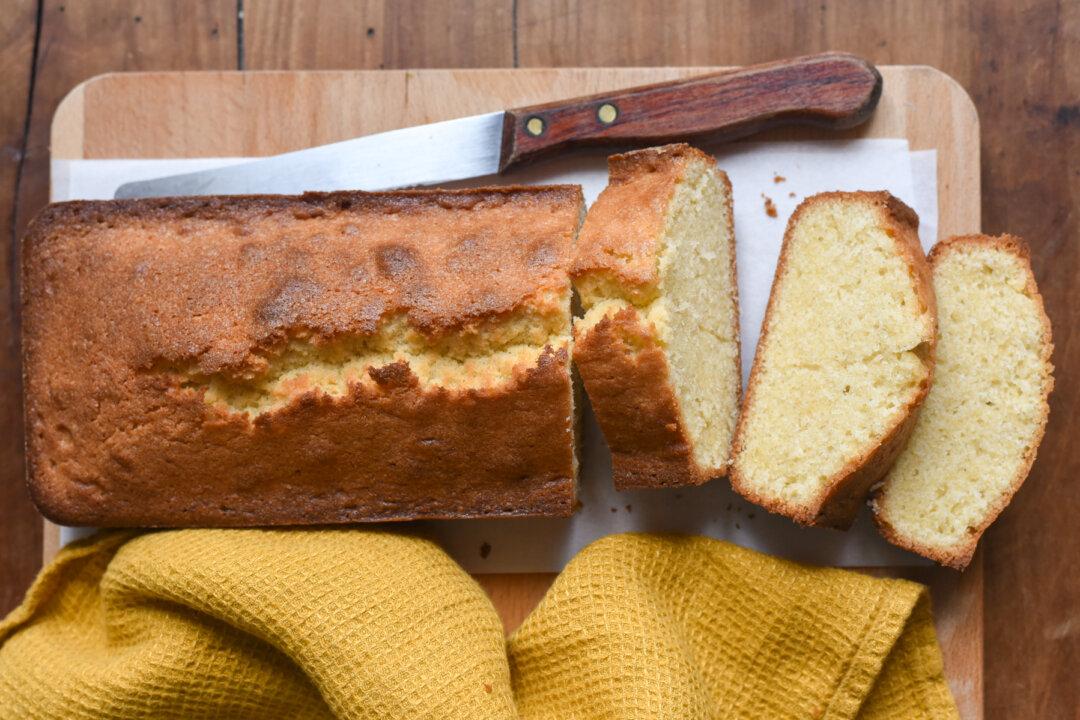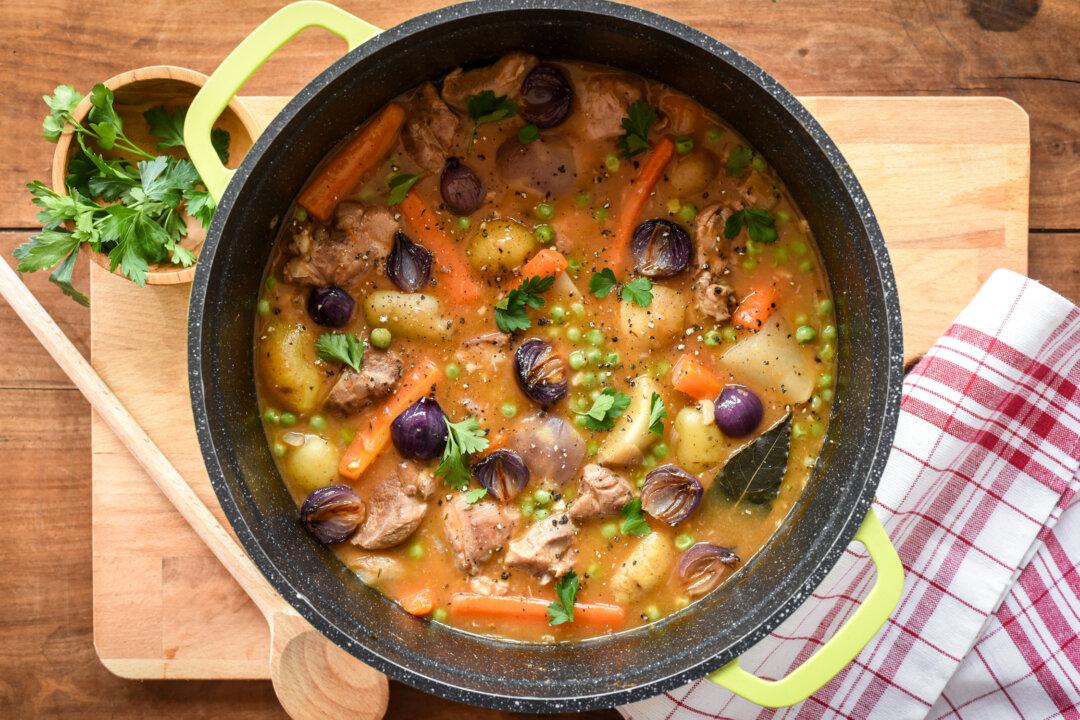An old-school French confection, pâte de fruits, has seen a big revival in the past couple of years among chefs and home bakers as they try to make the most of fresh seasonal fruits.
These tiny parcels have a concentrated fruit flavor and a delectably soft jelly texture, all coated in sugar. They are such a fun project to make, especially at the peak of raspberry season.





